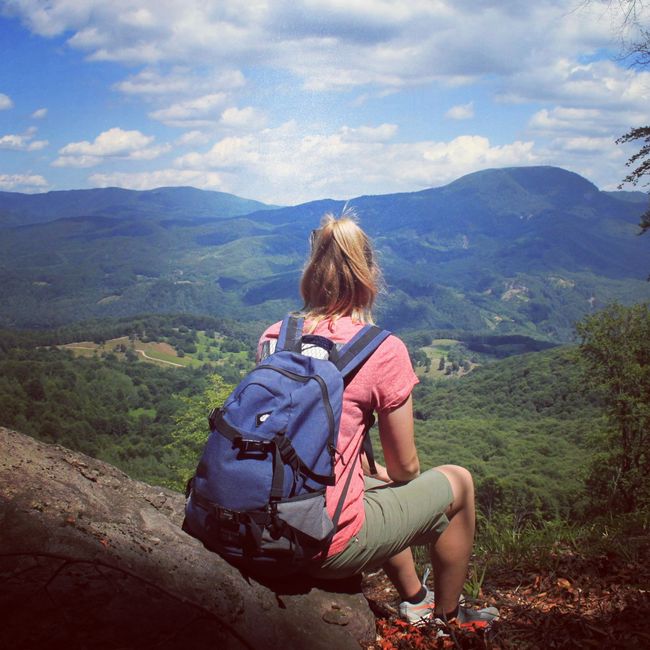Çeşme & IMECE
Argitaratu: 22.11.2019
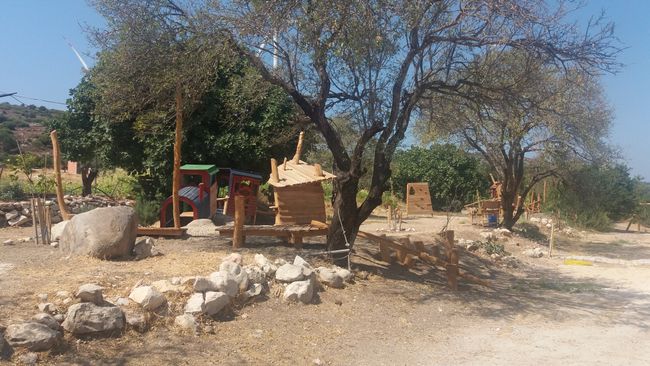
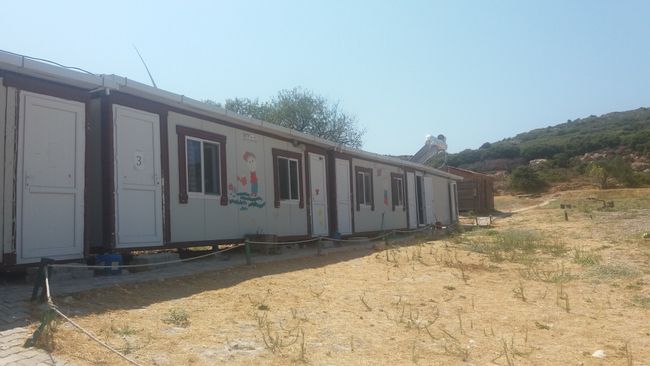
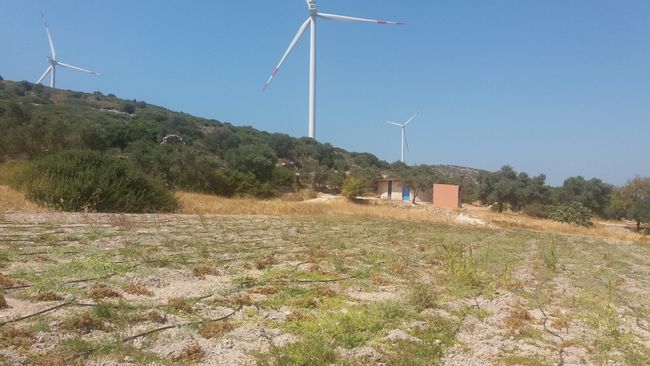
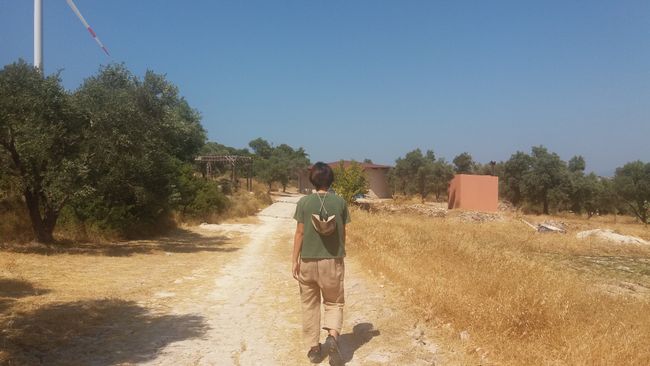
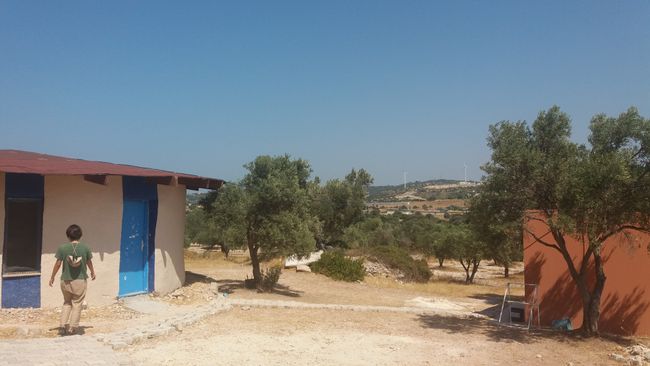
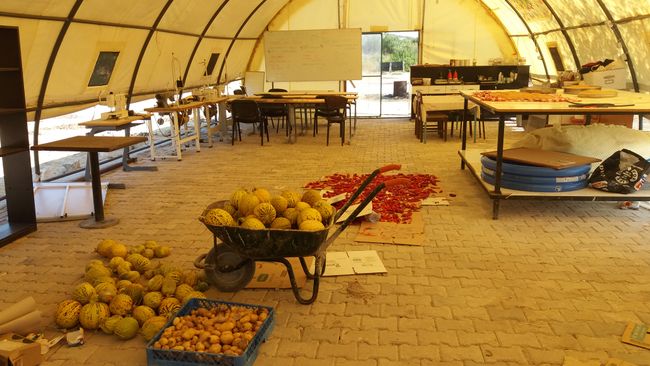
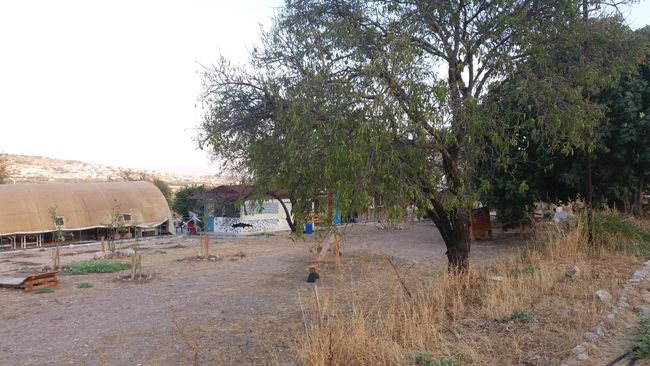
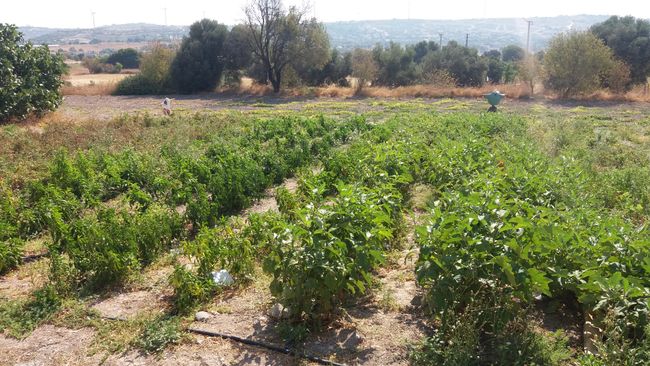
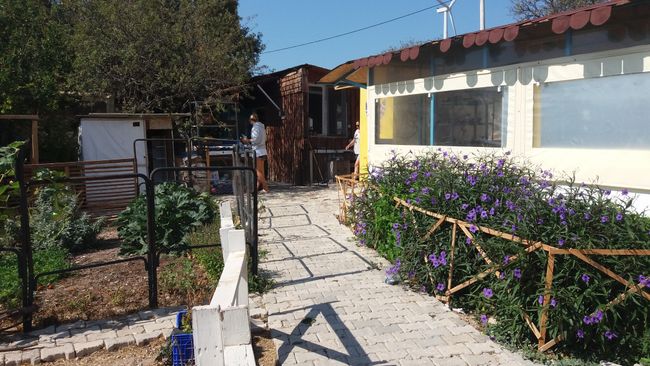
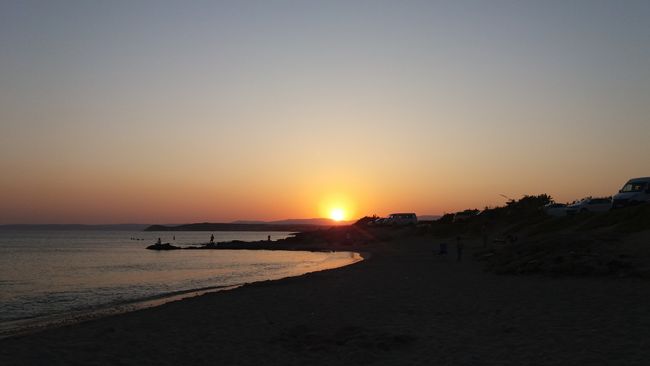
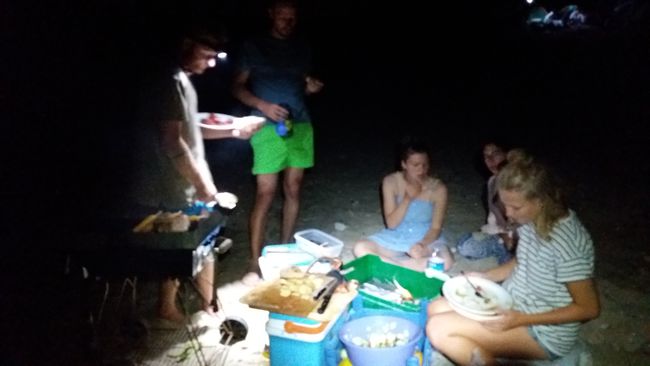
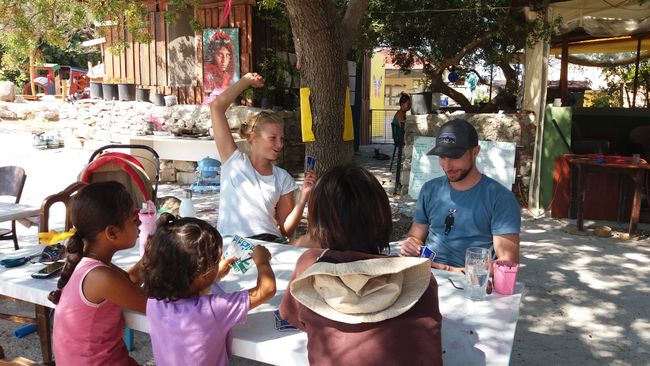
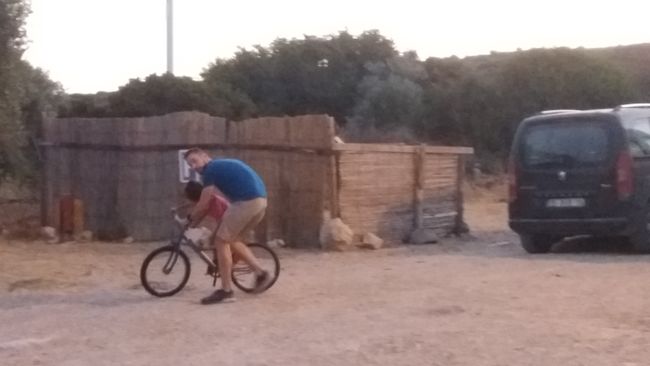
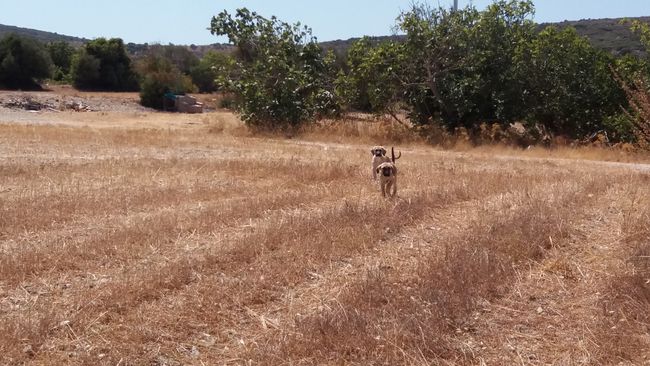
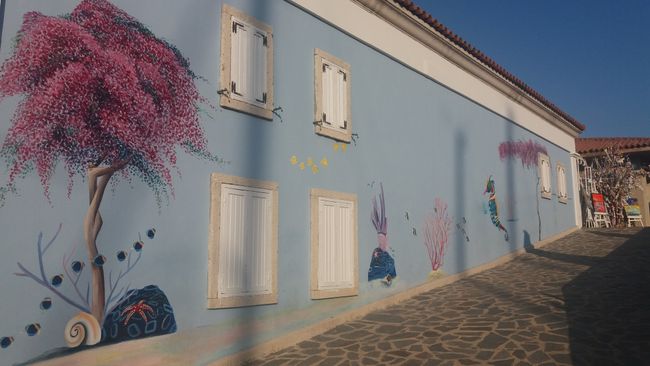
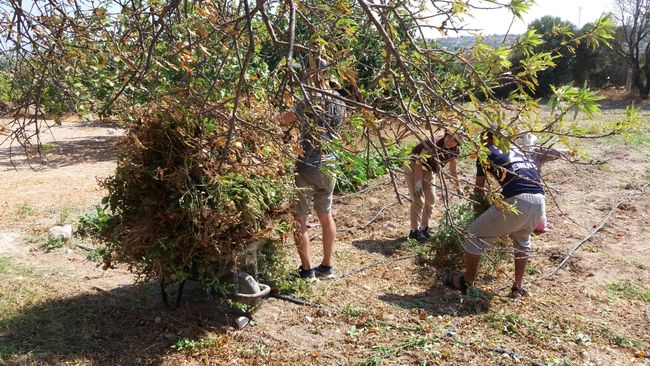
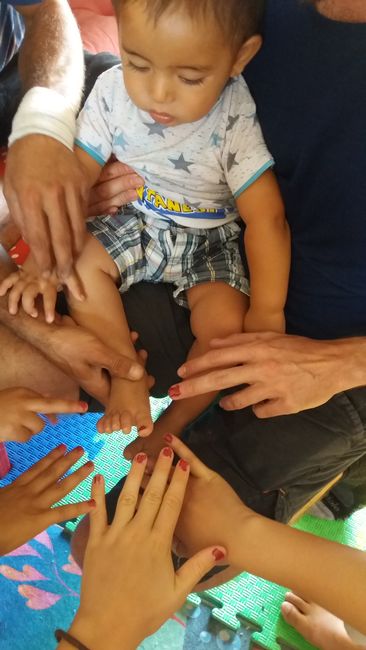
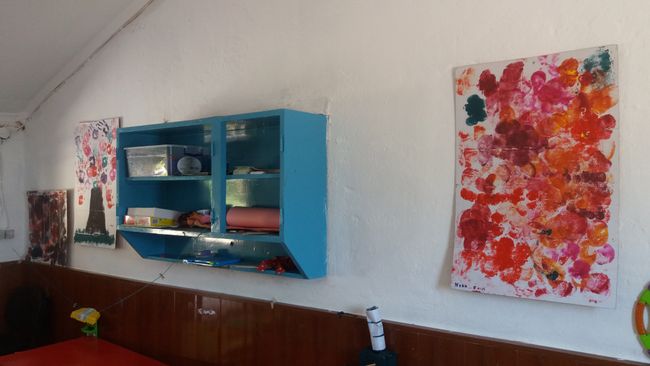
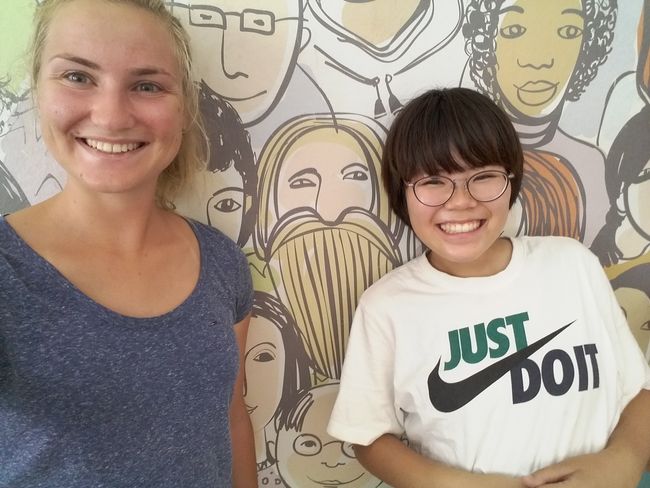
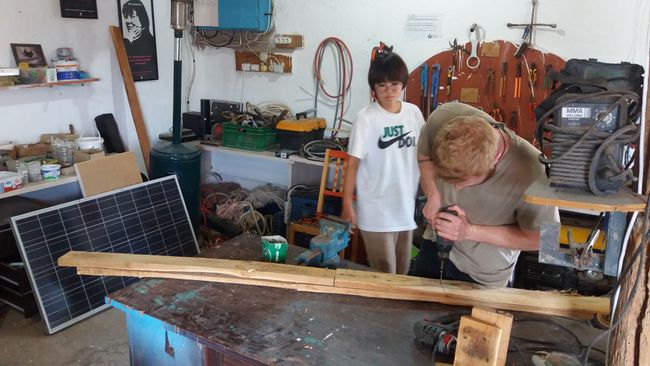
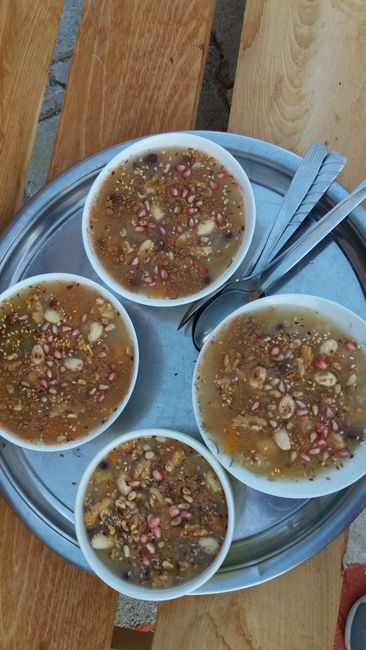
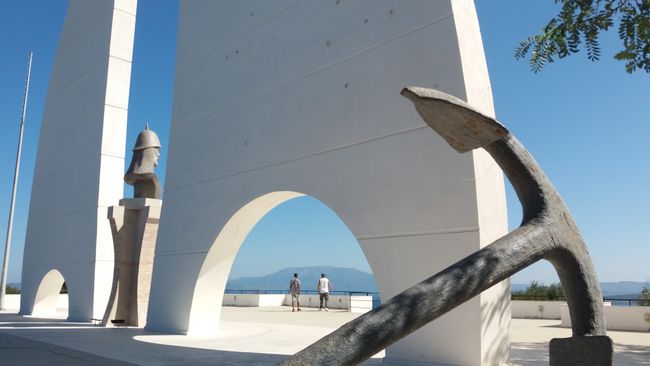

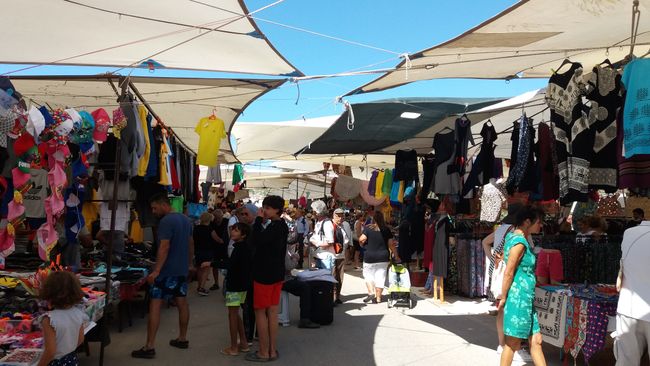
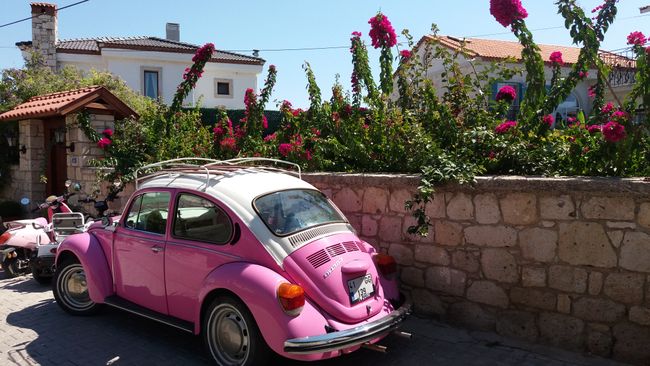
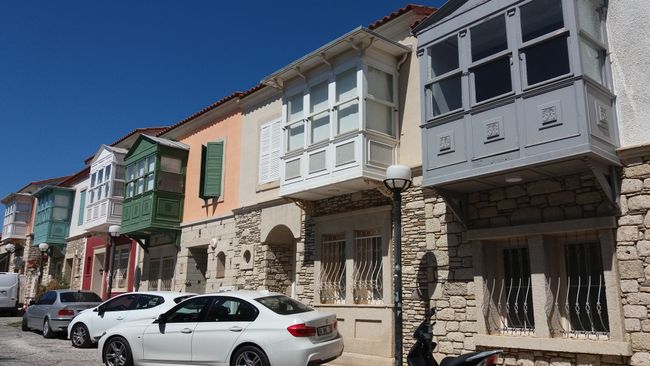
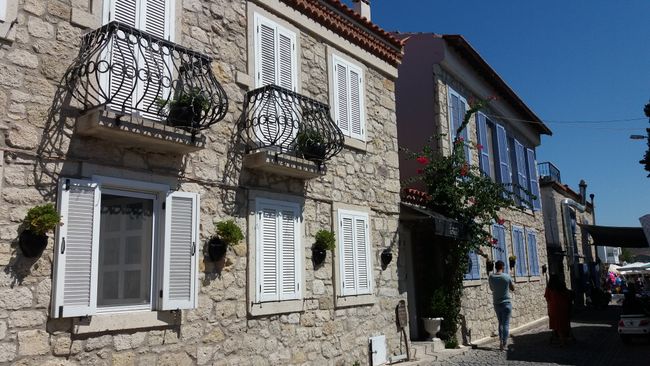
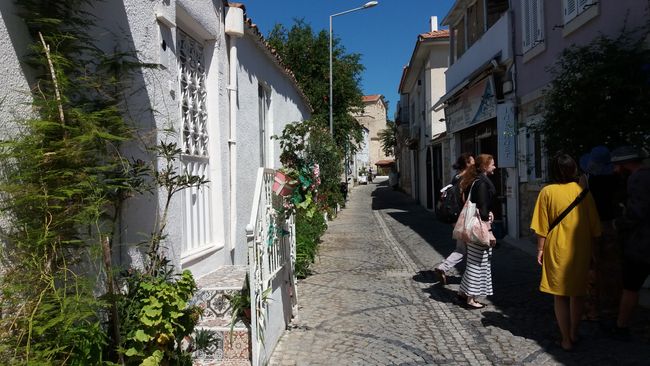
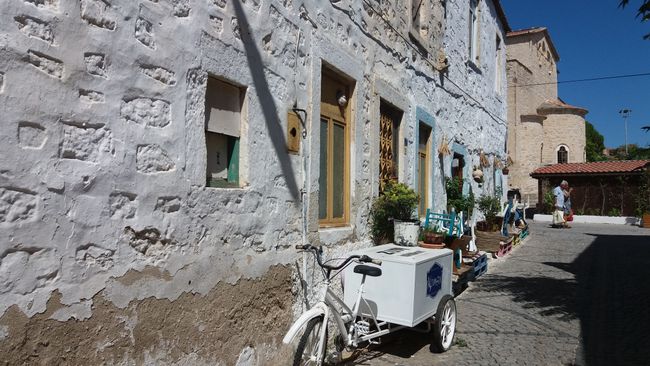
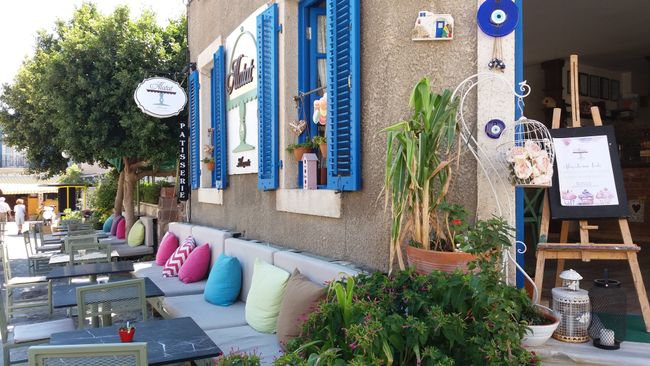
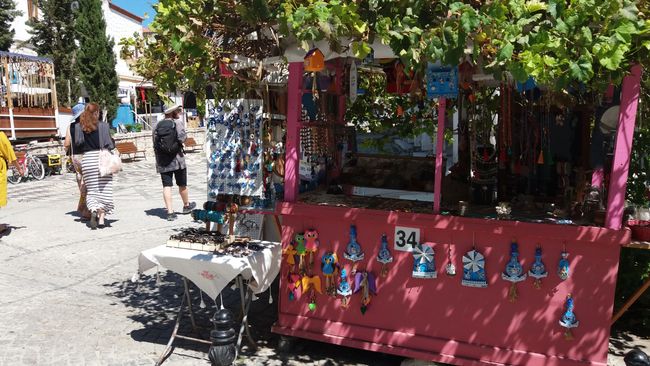
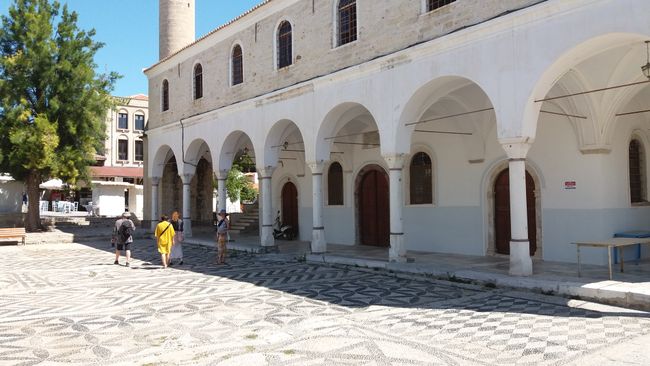
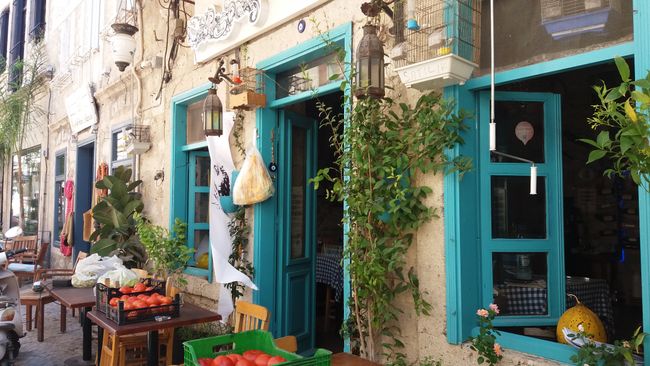
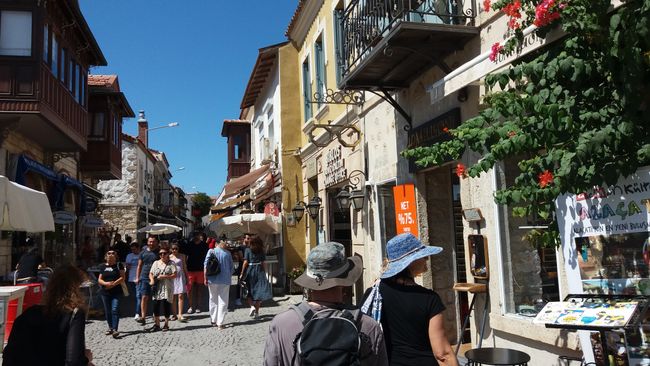

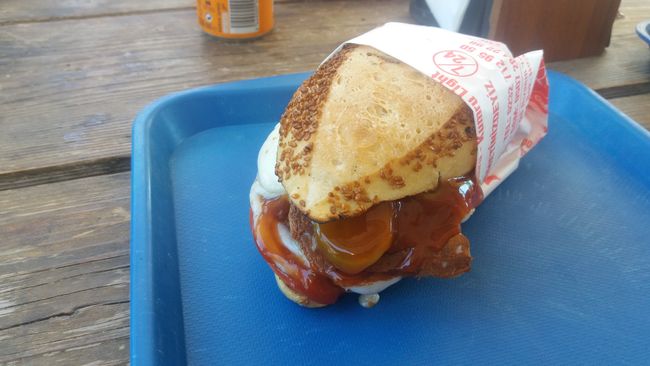
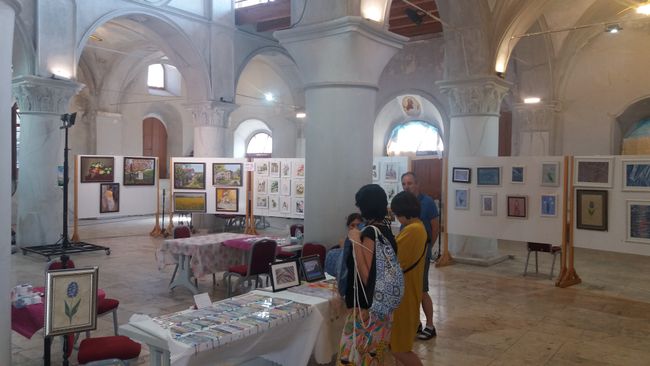
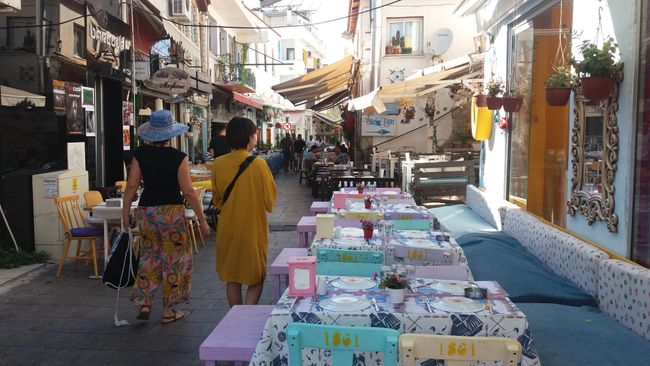
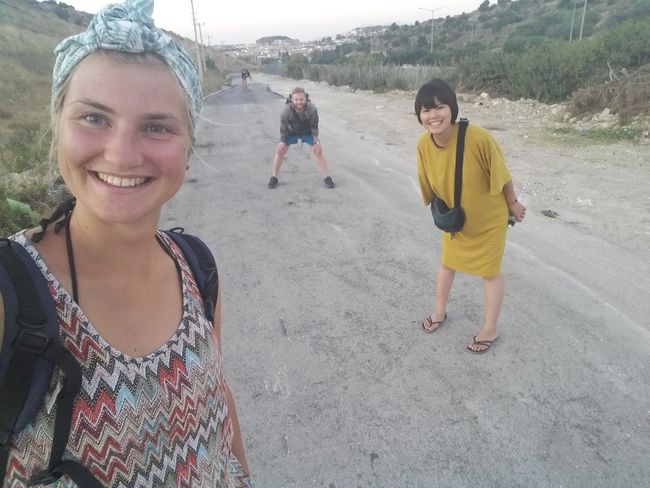

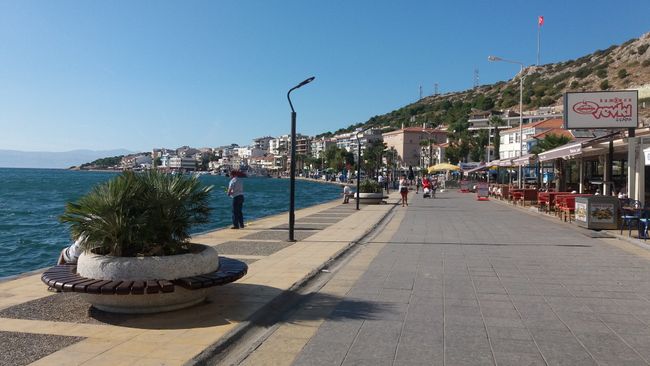
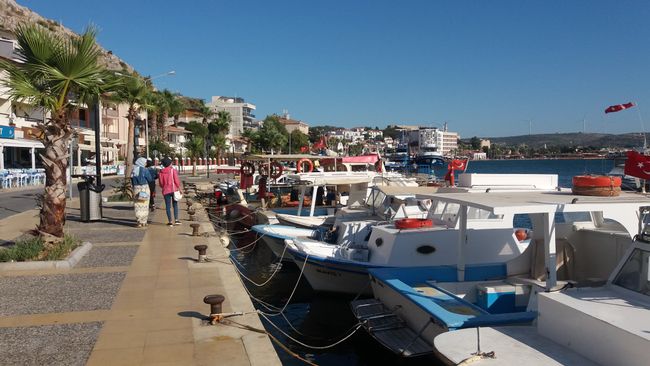

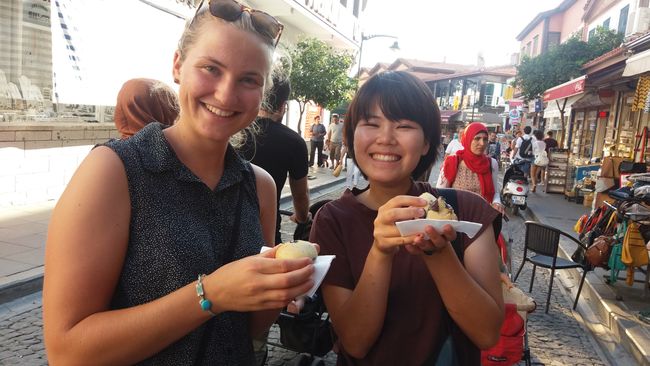
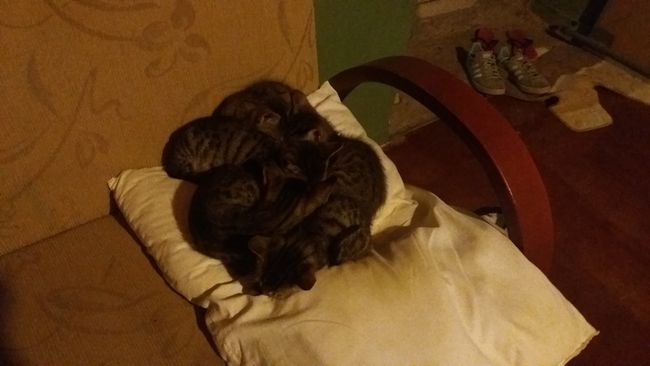
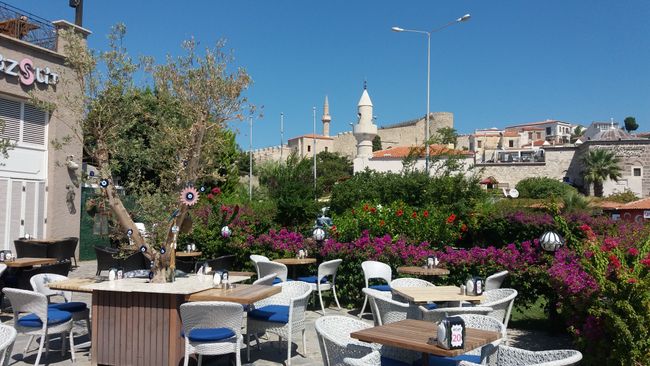
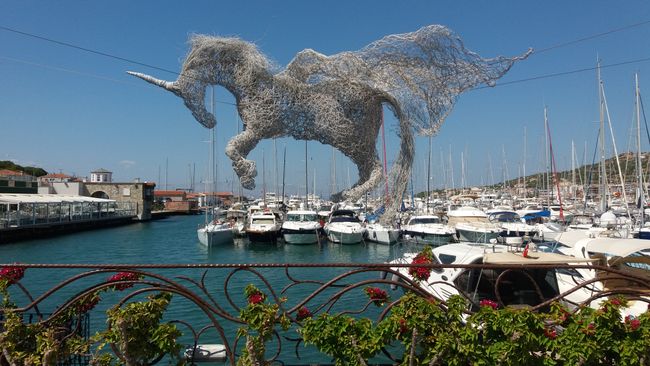
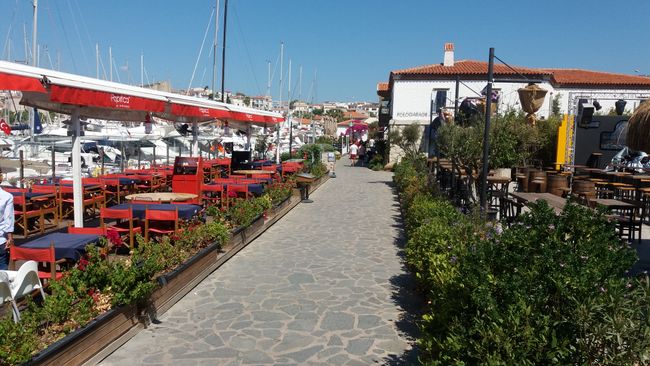
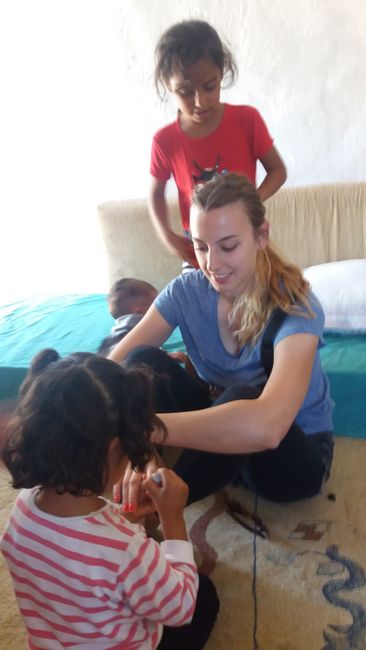
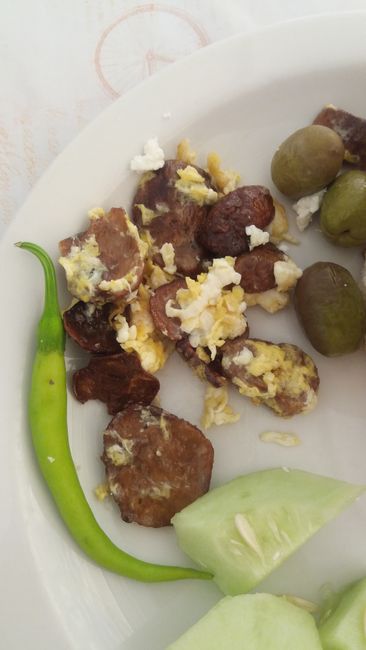
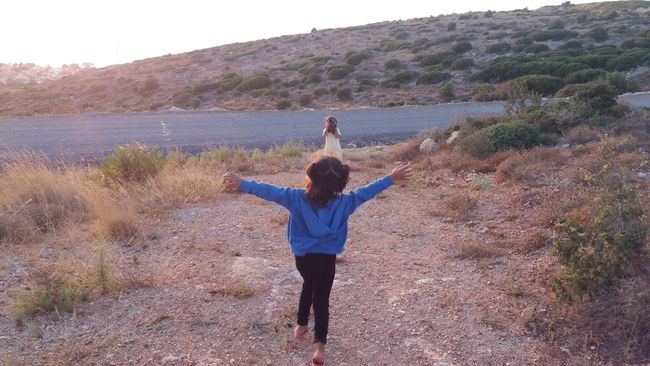
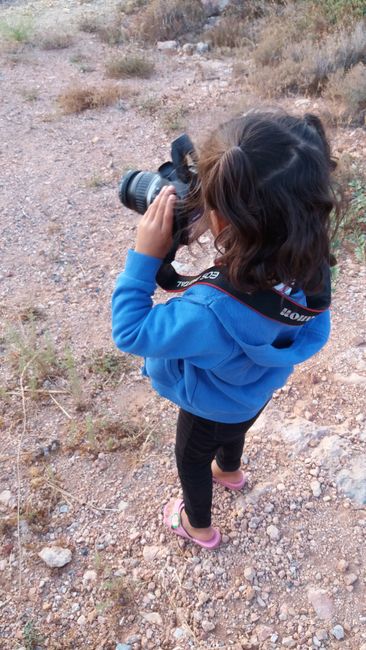

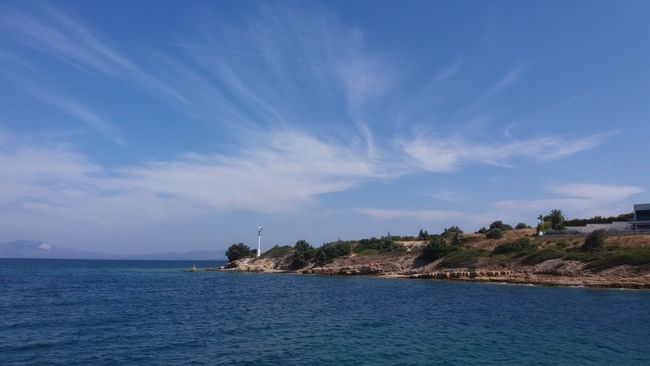
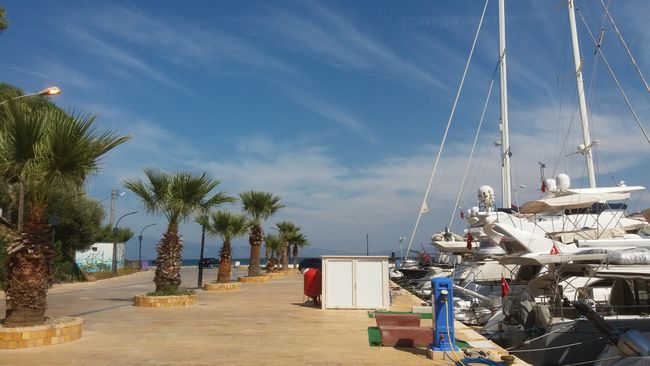
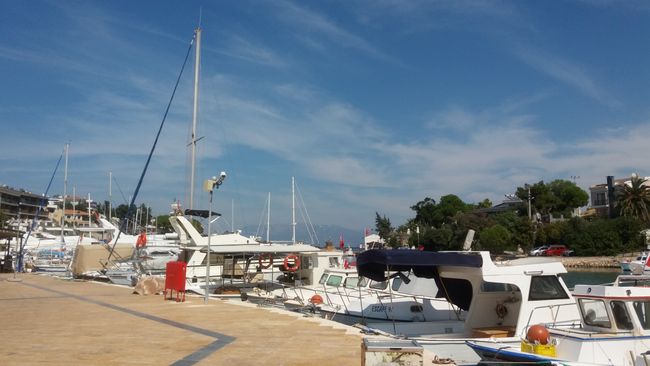
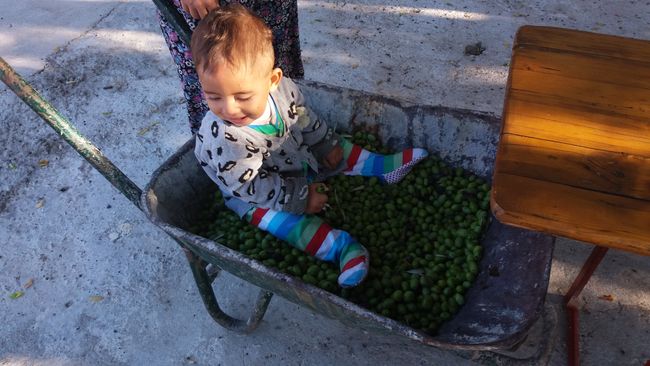
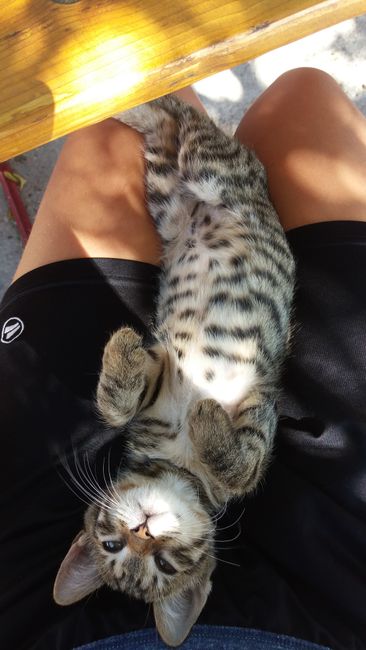
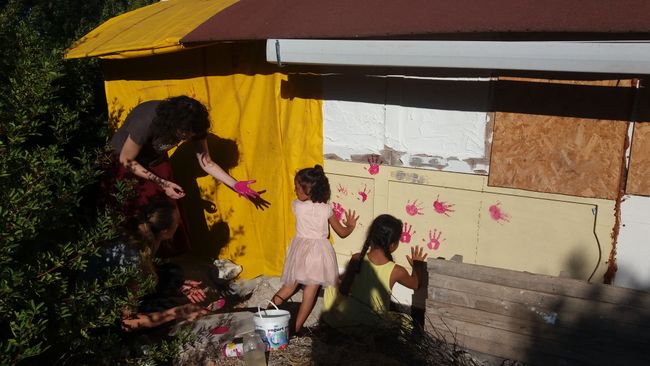
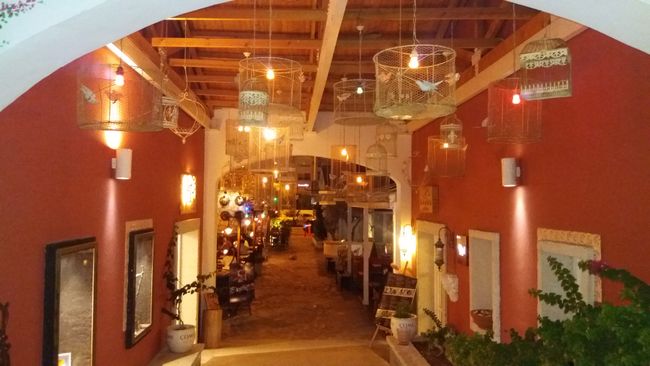
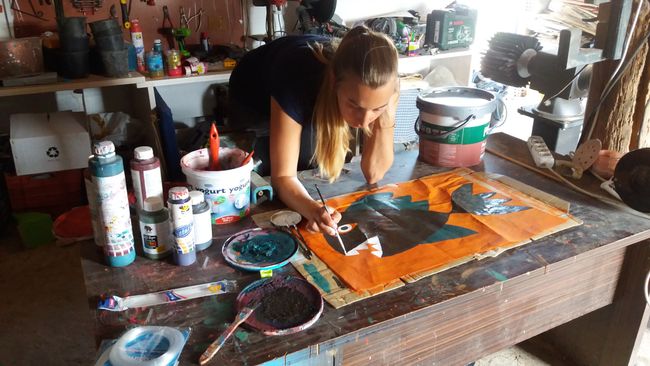
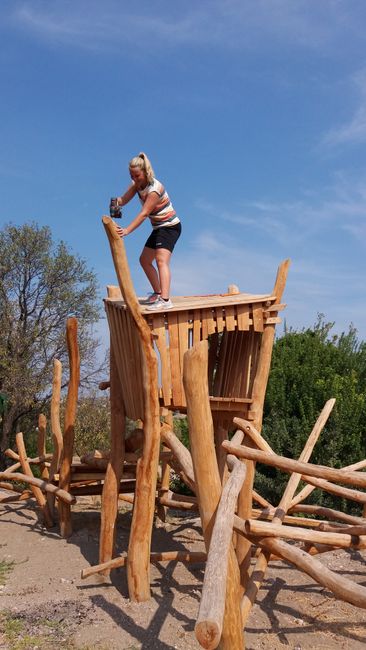
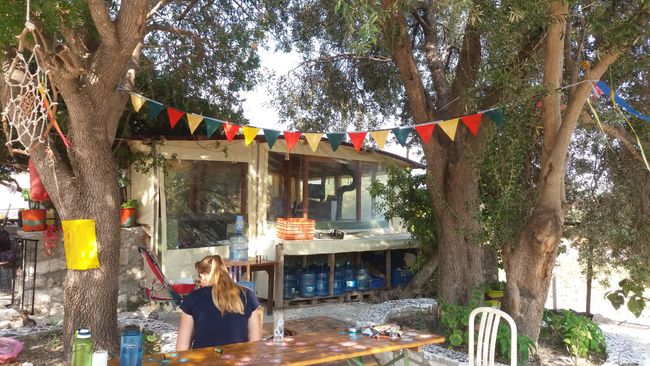
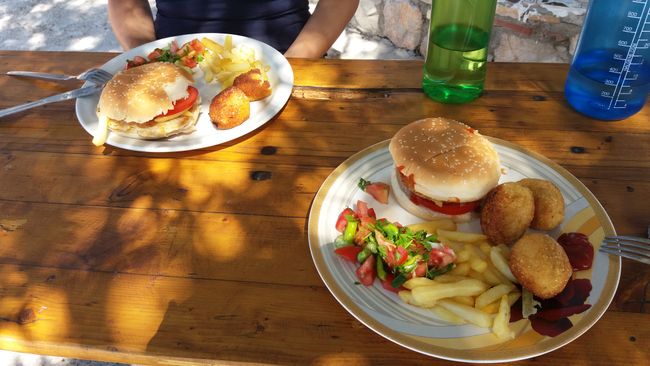
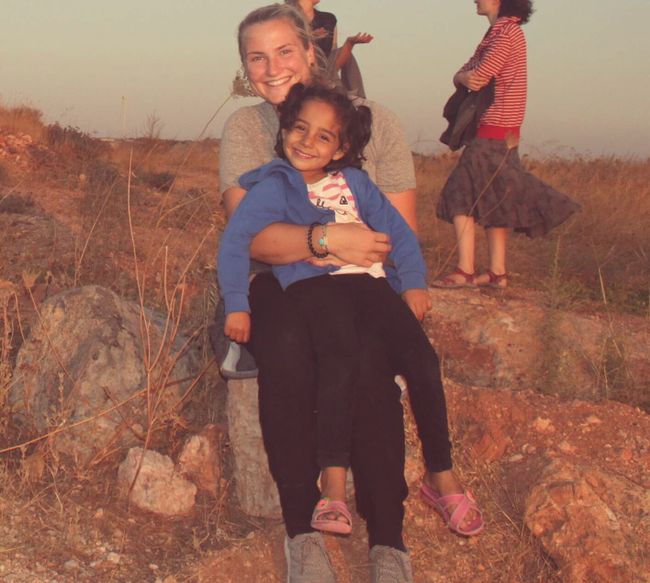
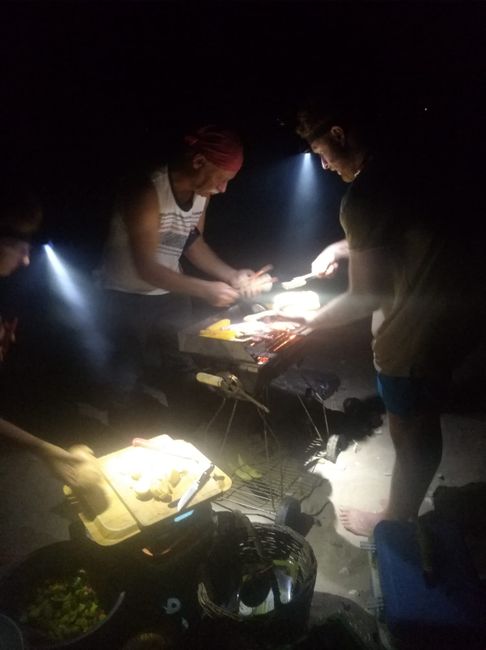
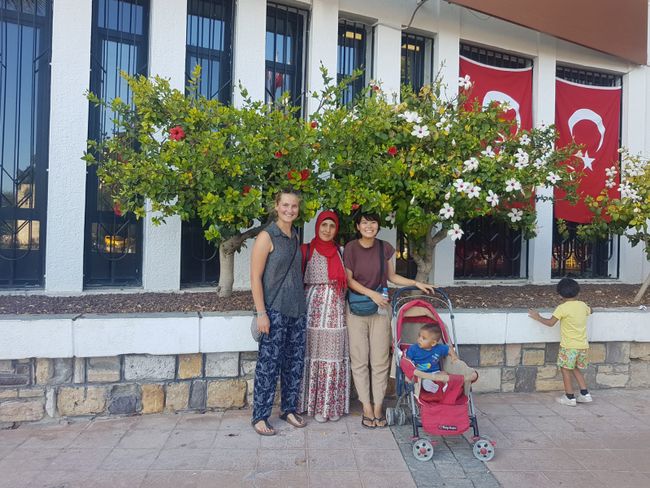
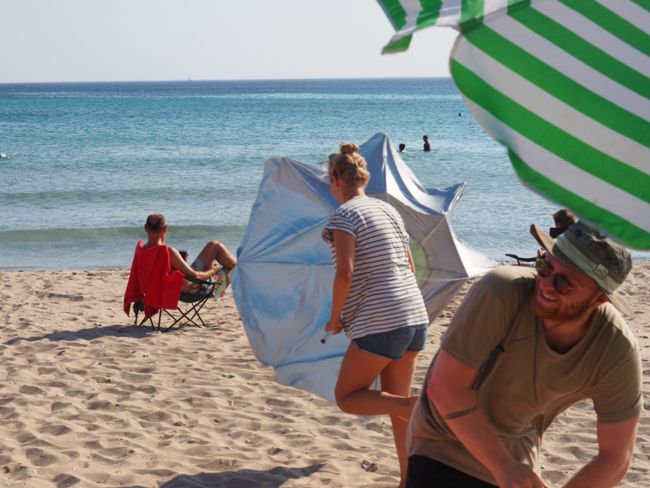
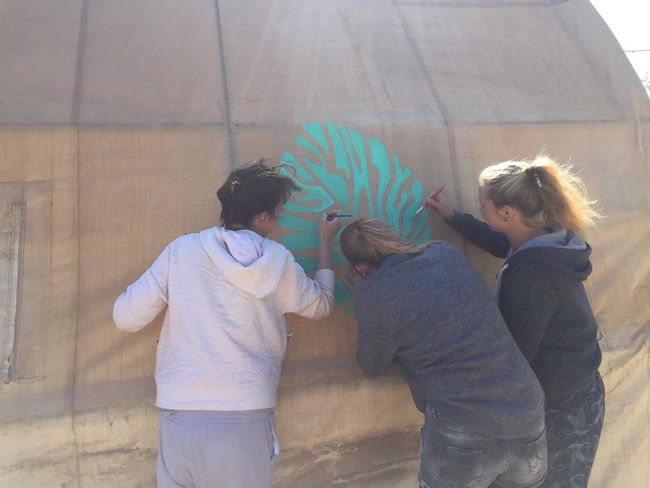
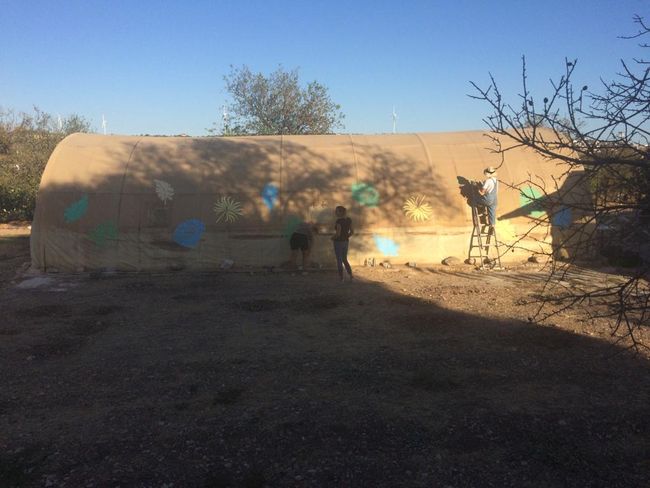
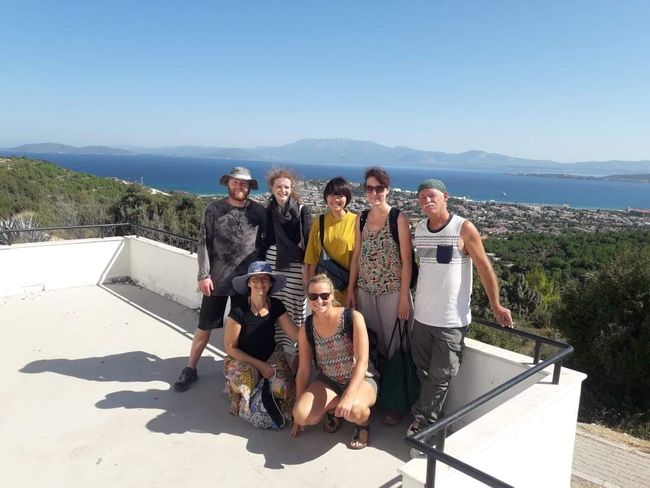
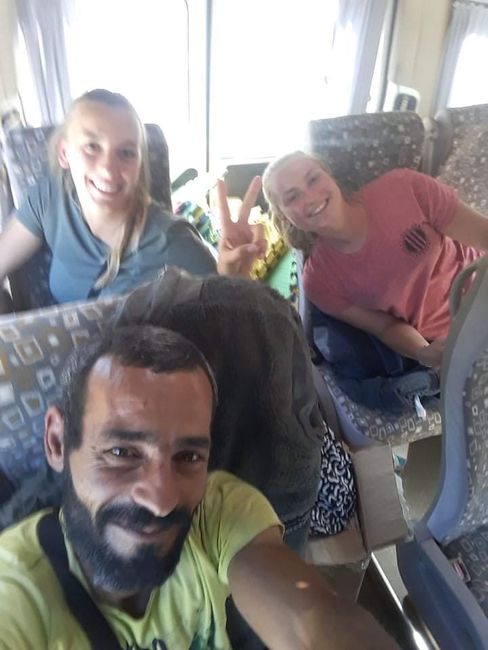
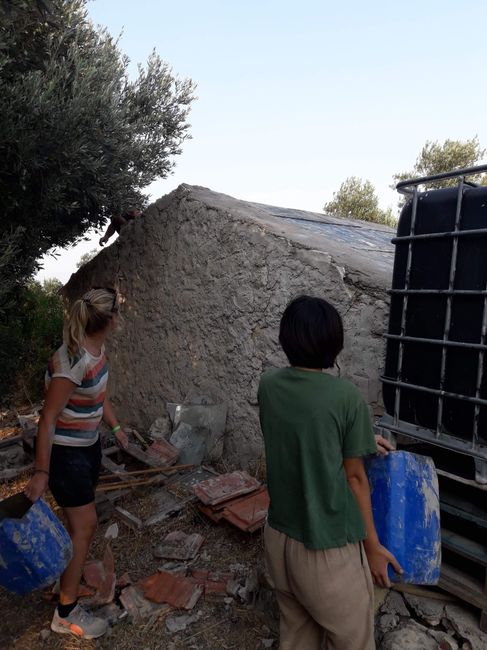
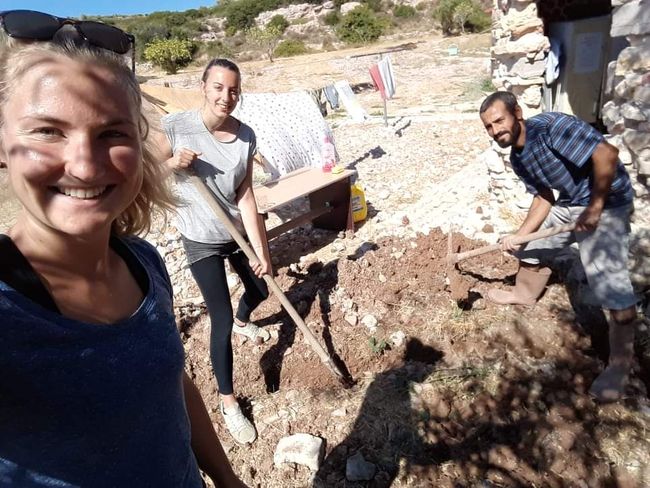
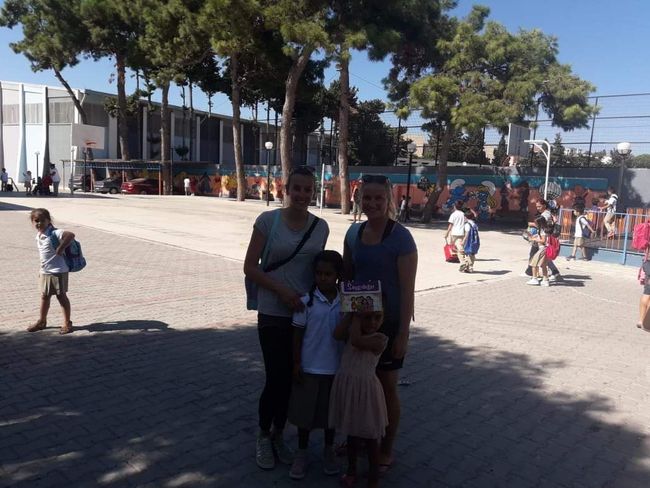
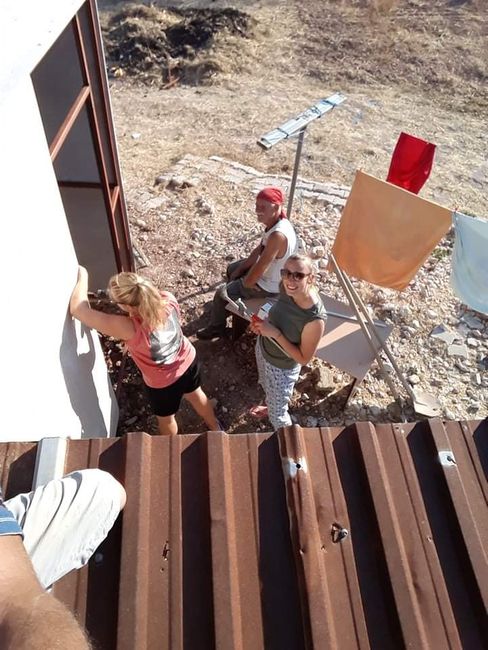
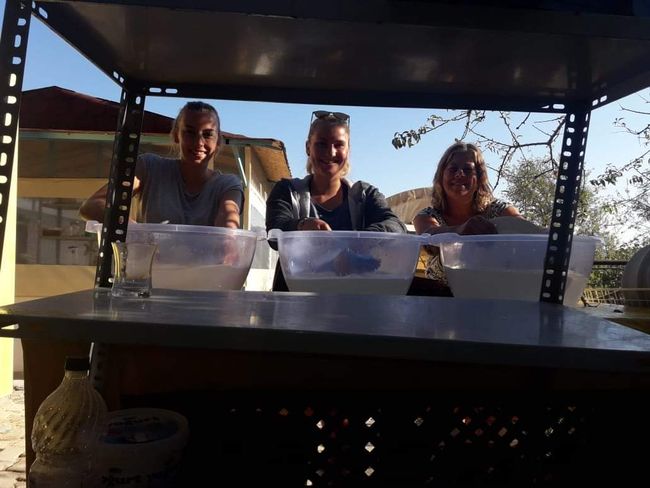
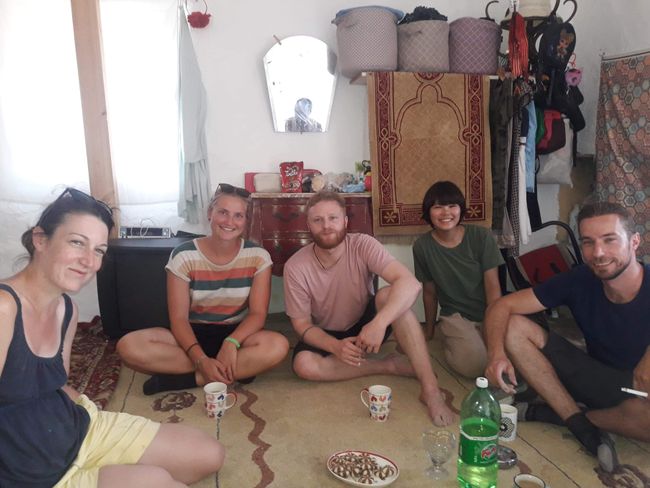
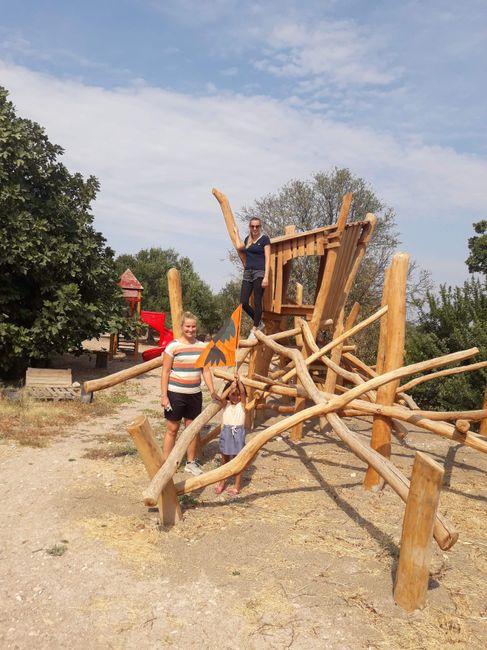
Harpidetu Buletinera
Finally, after Izmir, I went to Çeşme to work as a volunteer for the organization 'IMECE'. Çeşme refers to both the holiday resort and the peninsula of this region. In addition to historical remains such as the castle in Çeşme from the 16th century, there are numerous vacation houses and yachts that are mainly used by locals and Turkish people from abroad, especially in the summer months. The area is one of the most exclusive vacation spots in Turkey for good reason. In Çeşme and other cities in the region, there is a lot going on in the summer and the colorful streets invite you to enjoy food and go shopping. You can also relax on one of the numerous, partly turquoise blue beaches. Historically, there were already provinces in the vicinity of the city from the mid-3rd millennium BC (sometimes even earlier) which had trade relations with Crete from the 2nd millennium BC. In more recent history, the Battle of Çeşme in July 1770 is particularly significant. In this battle, the Ottoman fleet was defeated by the Russian fleet.
Just a few hundred meters away from this holiday idyll is the village of the Turkish organization IMECE. It was founded in 2014 as a student initiative to support the locals who were economically and socially most disadvantaged. Since 2015, the focus has shifted to the numerous refugees who were (and still are) on their way to try to cross to the Greek island of Chios. IMECE has been supported by the Stuttgart aid organization 'Stelp' since then. Until 2016, the main task was to provide people on the coast with food, hygiene products, and clothing, while also trying to discourage them from the dangerous crossing, which was rarely successful. After the EU-Turkey agreement, the number of attempts to reach Europe has decreased significantly, as the Turkish coast guard has increased its controls and presence. Since then, thousands of refugees have been stranded in Turkey, which is why the focus of the work has since been on around 20 refugee camps in the Izmir region. The people there mostly live without electricity and running water, in simple tents and old buildings. Therefore, it was also one of my tasks to drive to these camps with other volunteers and staff and distribute hygiene products or play with the children.
In addition, the Solar Age Project was launched in 2018. Refugee women are trained in solar workshops to build their own solar-powered devices or power banks. They stay for free in the IMECE village for one week. While the volunteers take care of their children, the women receive daily instruction from the 'Solar-Moms'. The latter are Turkish employees who have been trained for six months at the 'Barefoot College' in India. The aim is to promote the empowerment and economic self-sufficiency of women (more detailed information about the project can be found here: http://imecesolar.org/?page_id=388).
Finally, a few sentences about the IMECE village itself: The village consists of several containers, a volunteer house, a large tent, a playground and children's room, vegetable and fruit fields, the solar workshop, a kitchen and dining area, as well as goats, chickens, and cats. Consequently, there was plenty to do on the property. In addition to repairs and other manual tasks, we harvested a lot of our own fruits and vegetables. The aim of the organization is to eventually live as independently as possible.
The time at IMECE was truly impressive and educational. The perseverance and optimism of the employees who have been active there for several years and work under the most difficult conditions without a fixed income is consistently impressive. Therefore, although my travel blog ends here, support for this work will continue in Germany.
Here is further information about IMECE, Stelp, and Barefoot College:
IMECE: http://imecesolar.org/ ; Donation campaign: https://www.gofundme.com/f/the-imece-village-project?fbclid=IwAR0Pj0ZMM_TAj8m8usR-5-imqcBTdffy-lCXQdaAvCFeB0c-vvvWvEPd7Fs
Stelp: https://stelp.eu/
Barefoot College: https://www.barefootcollege.org/
Harpidetu Buletinera
Erantzun (1)
Rolf
Sehr gut geschrieben und informativ.Klasse und zu empfehlen👍😃
